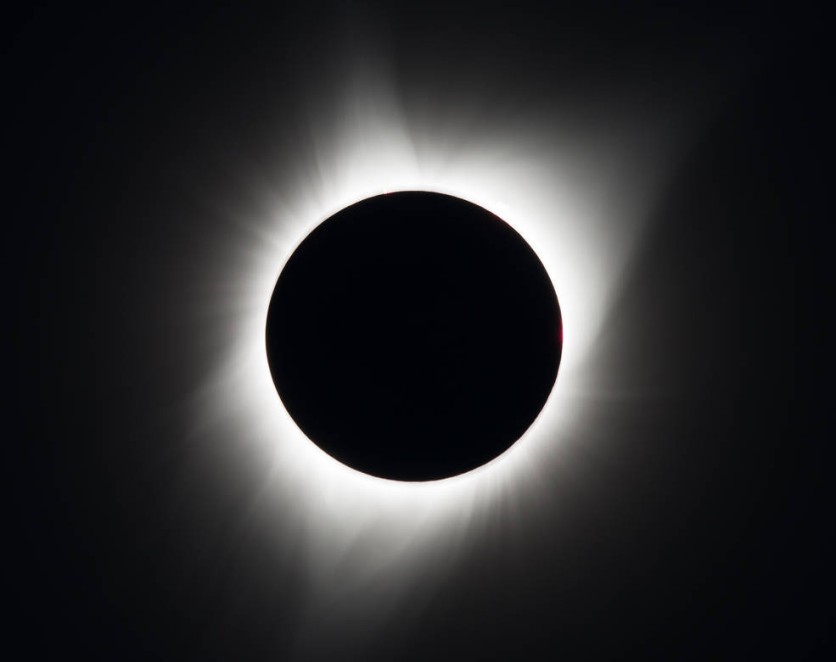In a bid to combat the age-old nemesis of astronomers - pesky clouds - NASA has taken solar eclipse observations to new heights, quite literally, by flying a kite!
University of Hawaii astronomer, Shadia Habbal, had been foiled by cloudy skies several times during her expedition to study the Sun's outer atmosphere, so she devised a plan to avoid the same fate on her next mission.
"Let's fly a kite!" suggested one of Habbal's colleagues. So the team will take to the skies above Australia on April 20 with a large box-shaped Cody kite carrying a scientific instrument called ALIMAS (Advanced Low-Intensity Multiplexed Astronomical Spectrometer) on a one-kilometer tether.

Large Passenger Plane
When the kite reaches its peak height, it will appear the same size as a large passenger plane cruising overhead, but don't worry - it will not block anyone's view of the eclipse, according to NASA.
Studying the corona is no easy feat, and Habbal needs all the tools she can get. The corona is a tricky area to observe because of its intense heat, reaching millions of degrees Celsius, and its faintness compared to the rest of the Sun's atmosphere.
That is where ALIMAS comes in, a special instrument that separates light into its component wavelengths to reveal elemental composition, temperature, and motion.
Flying a kite might seem like an unconventional method, but every tool counts in the quest for understanding the mysteries of the corona.
Habbal hopes to better understand how charged particles escape the Sun through the corona to form the solar wind.
Additionally, she aims to enhance her understanding of the inner corona's characteristics, such as the emergence of plasma towers called prominences and the occurrence of explosive ejections referred to as coronal mass ejections.
What If the kite falls?
But flying a kite to study the Sun is not without its risks. What if the kite gets caught in a strong gust of wind? What if the tether breaks? What if the spectrometer falls to the ground and breaks? Habbal and her team have thought of all these scenarios and have taken precautions to ensure the safety of their equipment.
The kite and spectrometer will be raised into the air via a kilometer-long tether connected to a tow bar on a vehicle. If the tether snaps, a parachute attached to the spectrometer will bring it safely back down to earth.
The device that will transport the spectrometer is a type of kite known as a box-type Cody kite. With a wingspan of approximately 21 feet (6.5 meters), the kite's shape is box-like with wings.
Even if the sky is clear on the day of the eclipse, Habbal's team intends to conduct the experiment to determine if kite-based observations could be effective for future eclipses.
If successful, Habbal aims to execute the experiment again in the United States during the total solar eclipse on April 8, 2024, but this time, higher in the sky (up to 4 kilometers) and for a longer period.

ⓒ 2025 TECHTIMES.com All rights reserved. Do not reproduce without permission.



